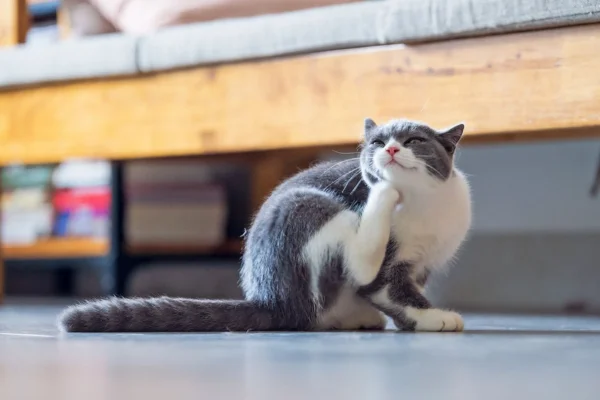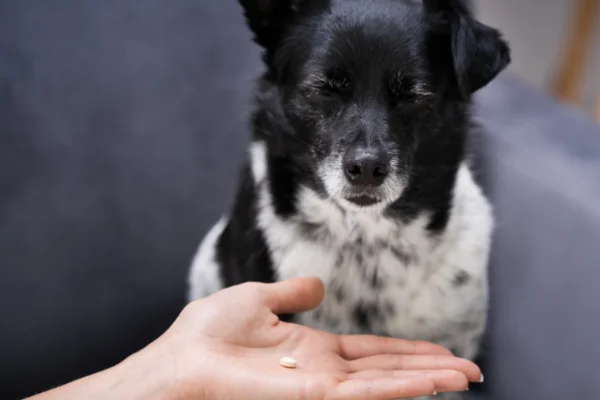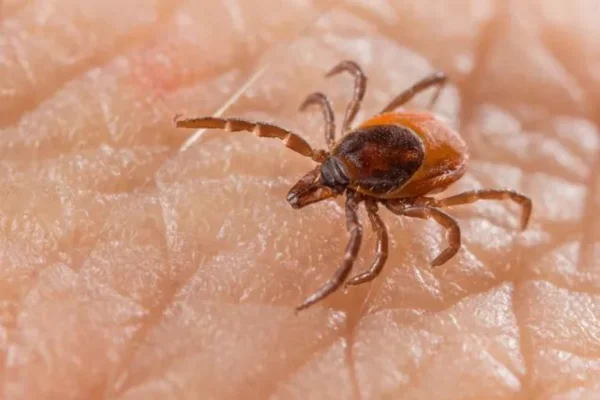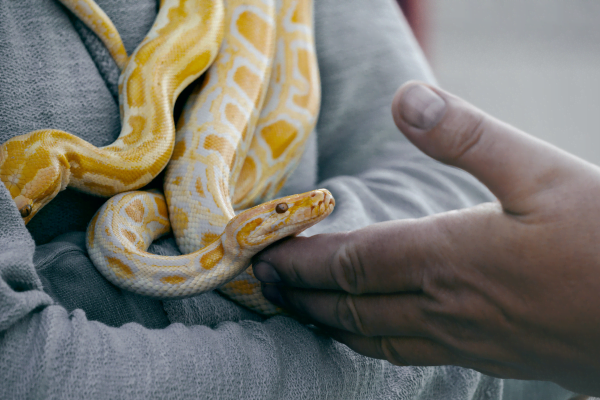How Cats Catch Fleas Even Without Leaving the House
Myths and Realities
When we think of fleas, we often associate them with the outdoors, such as lawns, parks or areas where there are lots of animals. However, many cat owners who live exclusively indoors are surprised to discover that their felines can be infested by fleas, even if they don't go outside to explore the world.
How is this possible? If the cat doesn't leave the house, where is it getting those pesky fleas? Let's demystify these questions and better understand how cats can pick up fleas even in apparently safe environments.
Fleas and Their Life Cycle
Before we go into the details of how fleas get to your cat, it's important to understand the life cycle of this parasite. Adult fleas live on their host, feeding on blood. They lay eggs that fall into the environment, such as carpets, sofas, beds and even cracks in the floor.
Contents
When the eggs hatch, larvae appear and feed on organic matter found in the environment. They then turn into pupae, and finally into adult fleas, which look for a new host to complete the cycle.
This life cycle can occur both indoors and outdoors. So even if your cat doesn't have direct contact with the outdoors, it could end up becoming a victim of this cycle.
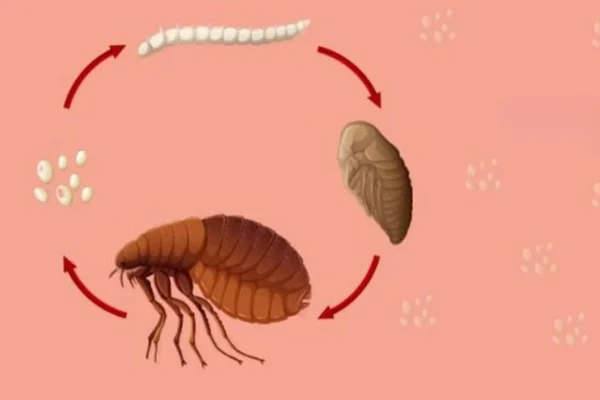
How Fleas Get into Closed Houses
The answer to this question involves various forms of transmission and a number of myths that need to be busted. Below, we'll explore the most common ways in which fleas can reach your cat without it leaving the house.
1. Humans as Vectors
Although fleas prefer furry hosts such as dogs and cats, humans can also play an important role in spreading these parasites. If you have frequent contact with stray animals, visit places where other animals are present, or even if you've been in a contaminated outdoor environment, you can easily bring eggs, larvae or even adult fleas into your home.
They can attach themselves to your clothes, shoes or even bags, waiting for the opportunity to find a new host - your cat.
2. Other Domestic Animals
If you have other animals at home, such as dogs or even rodents, they can be the gateway to fleas. Dogs, for example, often go out for a walk and can bring fleas from the outside into the house.
What's more, even visits from other animals can be enough to trigger an infestation. Imagine that a friend comes to your house with your dog or cat, and the animal has fleas. This can be enough to introduce the parasite into the environment and, before long, the flea life cycle begins.
3. Fleas from abroad
Fleas can be extremely resilient. Even if your cat doesn't leave the house, fleas can enter your home by other means. For example, if you live in a house with a garden, fleas can enter through windows, doors or even small spaces. In buildings, they can migrate from one unit to another, especially in places with a high density of pets.
If you have a garden or yard, animals such as birds, rodents and other small mammals can carry fleas into your home. Even without direct contact with your cat, these animals can leave flea eggs or larvae in the environment, which can later enter your home.
Myths About Fleas in Cats at Home
There are many myths surrounding flea infestation in cats that don't go outside. One of the most common is that indoor cats are "immune" to fleas. In fact, any cat, regardless of its lifestyle, can fall victim to these parasites. Let's debunk some of the main myths:
Myth 1: "My cat doesn't go outside, so he can't catch fleas."
This is perhaps the biggest misconception. As we've seen, fleas can reach a cat by a variety of means. The fact that the cat doesn't leave the house is no guarantee that it is protected against parasites. In fact, closed houses can become veritable havens for fleas, since without natural predators or other unfavorable conditions, they can proliferate freely.
Myth 2: "If I don't see fleas, my cat is free of them."
Fleas can often go unnoticed, especially at the beginning of an infestation. Fleas are small, fast and often hide deep in the cat's fur. The most common sign that your cat has fleas is their bites, which cause intense itching. So if your cat is scratching more than usual, it could be an indication that fleas are present, even if you can't see them easily.
Myth 3: "Fleas are only annoying and itchy."
Although itching is the most common symptom, fleas can cause more serious health problems. In cats, they can lead to a condition known as flea allergy dermatitis (FAD), an allergic reaction that causes severe inflammation of the skin. In addition, fleas can also transmit intestinal worms, such as Dipylidium caninum, causing intestinal infections.

How to Protect Your Cat from Fleas Indoors
Prevention is the best way to protect your cat from fleas, even if they live exclusively indoors. Here are some tips that can help:
1. keeping the house clean
Regular cleaning is essential to eliminate flea eggs and larvae that may be present in the environment. Vacuum carpets, rugs and upholstery frequently. Wash the cat's bed and blankets regularly in hot water, which helps to kill fleas in all their life stages.
2. Use of flea products
Even if your cat doesn't go outside, regular use of flea products is recommended. Consult your vet to choose the most suitable product for your feline. There are options such as flea collars, sprays, pipettes and even oral medication, which can prevent infestation and control possible outbreaks.
3. Control of the external environment
If you have a yard or garden, try to keep it as clean as possible. Mowing the lawn regularly, disposing of garbage and avoiding the accumulation of standing water can reduce the chances of infestations. In more problematic areas, the use of specific flea control products in the environment can be a good option, as long as they are safe for animals and humans.
Conclusion
How Cats Catch Fleas Even Without Leaving the House
Although many owners believe that their cats are protected from fleas by living indoors, the truth is that these parasites are extremely adaptable and can easily find a way into your feline's home. Whether through humans, other animals or even the outside environment, fleas can become a problem even for cats that never leave the house. Prevention, environmental control and the use of specific products are key to keeping your cat healthy and free from these annoying parasites.
Taking good care of your cat involves more than feeding it and providing a safe place for it to live. It's important to always be on the lookout for signs that something might be wrong, such as excessive itching, and to take preventative measures to stop fleas from becoming a serious problem. After all, a happy, healthy cat is a flea-free cat!

